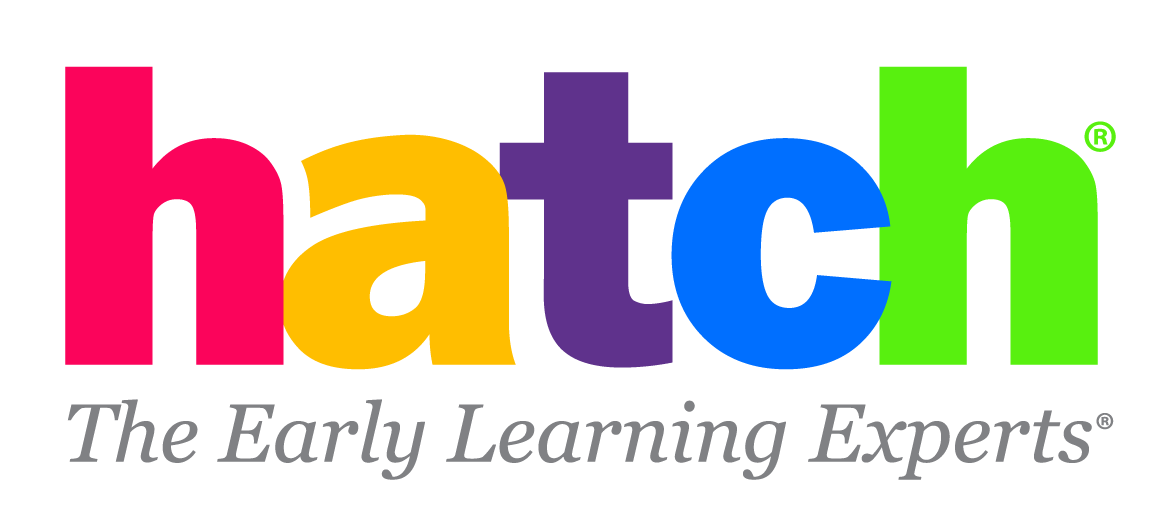Family and parent involvement is a crucial part of any child’s early education. Caregivers may not think of themselves as teachers, but they play an important role in their child’s lifelong learning. While schools provide rich learning environments for children, we know that parents and families are a child’s first and most important teacher.
The Importance of Family Learning at Home
Getting families engaged in their child’s learning and development has so many benefits for students, families, and schools. According to Youth.gov, family engagement in school settings can increase student achievement, decrease disciplinary issues, improve relationships between parents and teachers and between teachers and students, and contribute to positive student outcomes overall.
Nurturing home-school partnerships is paramount for facilitating these benefits. Teachers can serve as the primary partner with parents and families to encourage and support learning at home that will champion children’s learning.
How Teachers Can Encourage Family Learning at Home
Continuous learning can be encouraged during school breaks (like a spring or summer holiday break), during virtual school times, or as just a general part of a classroom or the school’s supplemental curriculum. Activities can range from a special one-time activity related to a holiday or special event, to an ongoing regular activity in which families are encouraged to participate.
However you plan on implementing a home learning activity, thoughtful planning is key. It’s important to think about your goal related to family learning at home. Do you want children and families to work on a specific skill or set of skills? Are you focusing on literacy skills? Are you more concerned with families engaging in learning together than focusing on a specific skill?
Once you know your goal, you can think about what kind of activity to put together. Involving families in planning these home learning activities is a way to create open communication networks with families to ensure that the home learning activities make sense for the families that you work with.
Once you’ve identified your goal and included families in the planning of your activity, it’s important to create activities that are engaging and effective for both children and families. Activities that are simple, concrete, fun, and collaborative allow children to fully engage in learning.
Things To Remember
When planning home learning activities, there are a few key ideas to keep in mind to ensure your initiatives are impactful. It’s important to think critically about both accessibility and adaptability:
Accessibility: Offering a variety of different experiences, or different ways to participate in home learning can make home learning plans inclusive for many families. Suggesting an activity that requires a lot of time, supplies or resources may limit participation from some families.
Adaptability: Children in the same classroom or grade can differ greatly in strengths and areas for growth. Providing activities that are adaptable can help reach a wide range of children and families. When introducing home learning initiatives, think about how activities can be extended and/or modified.
Ignite as a Home Learning Tool
Hatch Early Learning developed Ignite as a tool to support children’s learning at school, while also bridging the home-school environment for schools and families. When families are using Ignite at home, teachers and families can partner together in the child’s home learning using shared language. Ignite can also help families tune in to their child’s learning needs, strengths, and progress through the family dashboard.
When teachers and schools actively plan and support home learning experiences, everyone wins! To learn more about how to support family learning at home, watch the webinar and download the home learning activity included.


